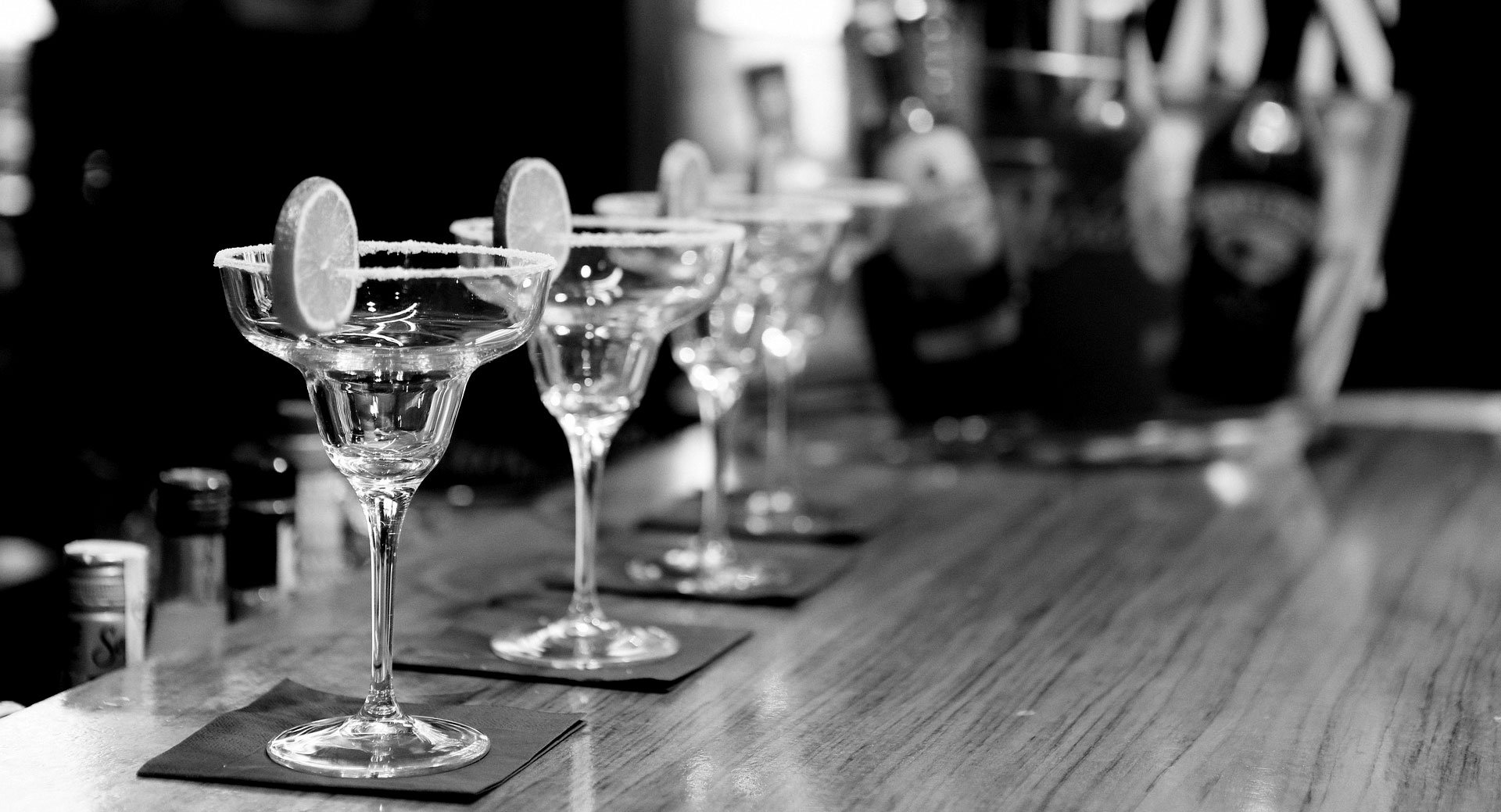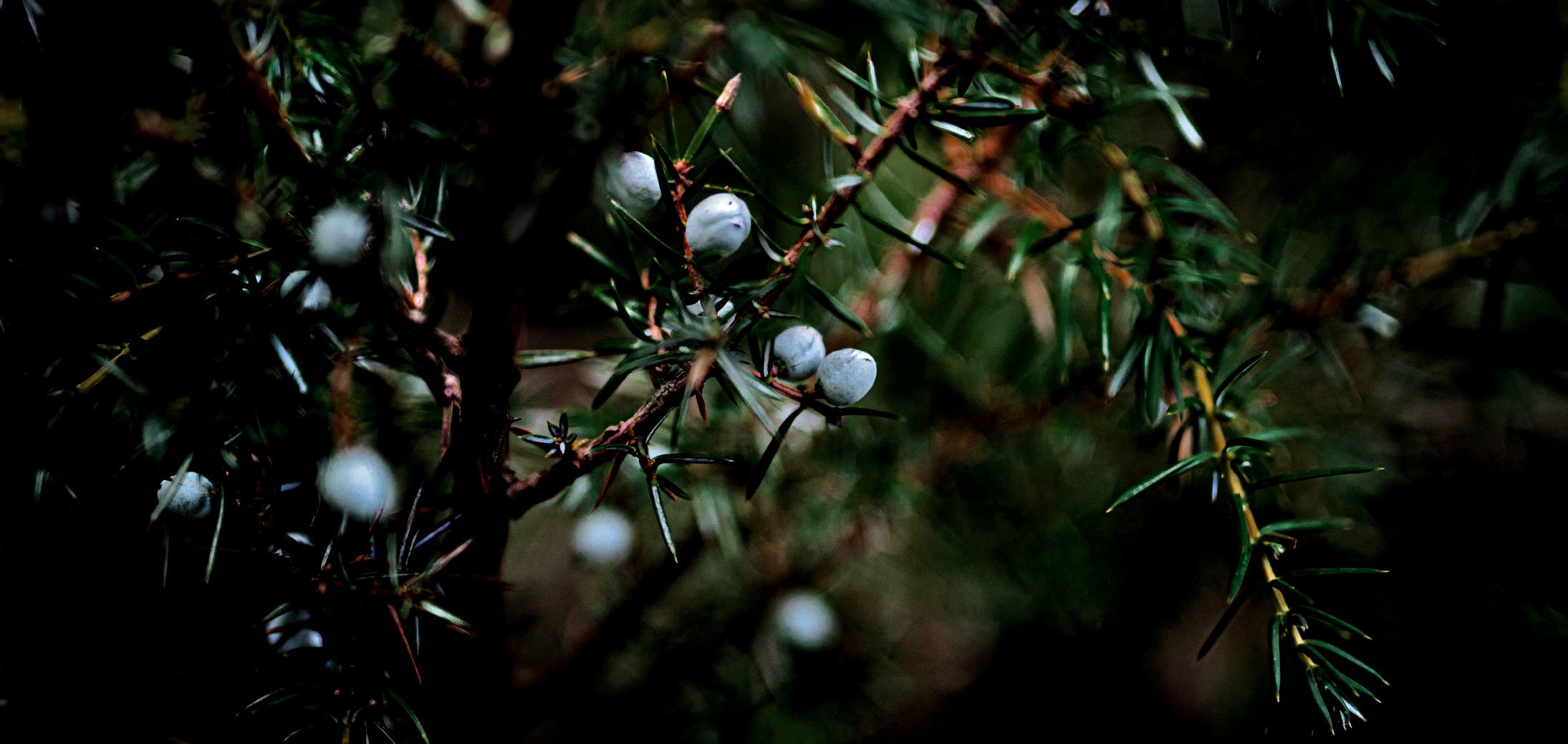
Non-Alcoholic Distilled Spirits:
How to use them in your home bar.
Non-Alcoholic Distilled Spirits Come in Many Shapes and Sizes
What’s the best way to use non-alcoholic spirits?
How to use non-alcoholic distilled spirits at home
There’s a world of flavor to discover with non-alcoholic distilled spirits. But are they a direct replacement for alcohol?
Non-Alcoholic Distilled Spirits Can be a Little Confusing
If you've been wondering about non-alcoholic (NA) distilled spirits and how to use them at home, I will share my experience with these products—including how I have been using them to add an exciting new element to the Grand One Lounge, my home bar.
If you're like me and you want to offer a memorable and inclusive experience to all your guests, then the addition of non-alcoholic spirits and cocktails to your home bar repertoire is a must.
Non-Alcoholic Distilled Spirits are Not a Direct Replacment for Alcohol
Not everyone believes this, but I do and here's why.
Non-alcoholic distilled spirits are not (at least not yet) a direct replacement for your favorite liquor in a classic cocktail. They are not the same as non-alcoholic beer or wine, which are ready-to-drink and packaged as replacement alternatives. Instead, they make up only a portion of an overall drink.
A Double-Edged Sword
Thinking of non-alcoholic distilled spirits in this way may not only lead to letdown when tasting a cocktail, but it also does an injustice to the complexity of these products. The challenge is that the creators of NA distilled spirits often label them as gin, or whiskey etc. They do this because they follow a similar flavor profile and distillation process in many cases. Plus, it's easier for us consumers to understand what we're getting in the bottle.
But this approach is a double-edged sword.
From a marketing standpoint, I get why this happens and it does help to know the flavor profile in the bottle. But, at the same time, they are not direct replacement products and so building a false expectation that your margarita or whiskey sour will taste the same when substituting the gin for a NA option will only lead to a negative experience. If you put a shot of NA gin next to a shot of regular gin and try them, you'll see my point.
It's not that you cannot use them as a direct replacement, but if you do, it's important to manage expectations upfront.
Where do you start with non-alcoholic drinks at home?
If it looks like gin and smells like gin, is it gin?
Non-Alcoholic Distilled Spirits Should Be Thought of as an Entirely New Drink Category.
A New Ingredient Option for Creating More Interesting Cocktails
Instead of thinking of them as alcohol replacements, non-alcoholic distilled spirits should be thought of as an entirely new category of drink options for your bar.
The best non-alcoholic distilled spirits are complex, flavorful and provide the opportunity to create a whole new world of unique and appealing craft cocktails (or mocktails, if you prefer). NA distilled spirits are generally not meant to be straight substitutions for alcoholic spirits. Of course, you can try substituting them for their liquor counterparts, but they won't taste the same (at least I haven't found one so far), which can lead to letdown.
A gin and tonic, for example, with a NA gin substitution is perfectly drinkable in my tests, but it's not going to fool anyone into thinking it's a spirited gin and tonic. Non-alcoholic distilled spirits obviously don't have the warmth, burn and depth of alcohol, which is completely understandable. But that doesn't mean that these are not high quality and unique spirits.
It’s All About Managing Expectations
It's all about managing expectations and then letting the cocktail creations speak for themselves.
Instead of trying to promote NA distilled spirits as alcohol replacements, I believe they are best marketed as alcohol alternatives. In most cases, non-alcoholic distilled spirits are not meant to be consumed neat or on the rocks; however, I do recommend tasting them straight up. As a mixologist (or chef for that matter) you should always know the flavor profile of anything you plan to use in a recipe and serve to someone else. This can also open new creative doors as you consider your own creations for using non-alcoholic distilled spirits.
Once you get the hang of working with these products, you'll no longer have to limit yourself (or your guests who are not drinking alcohol) to water, juice, carbonated soda/pop or sparkling water. Instead, surprise and delight and channel your inner bartender by mastering one or two delicious non-alcoholic craft cocktails. If your home is like ours, you may just find that everyone is very intrigued by what you're creating and wants to try one.
If you think of non-alcoholic distilled spirits as a new addition to your bar, things become clearer.



